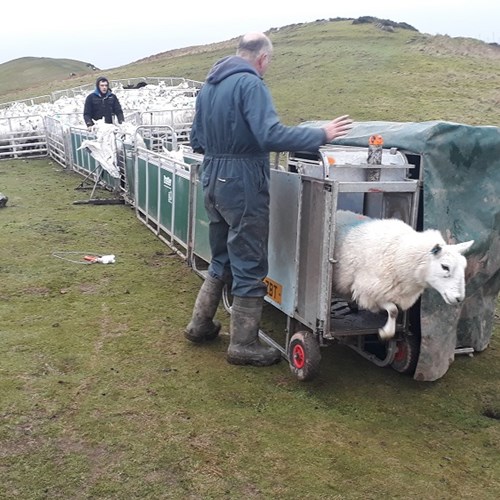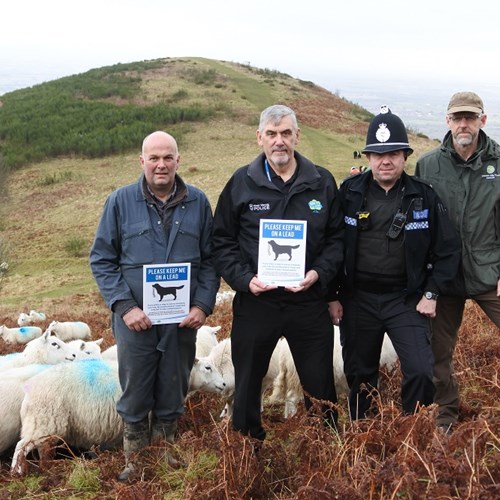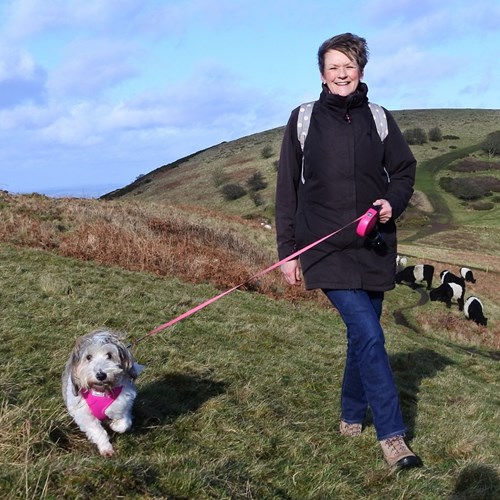In spring we look forward to warmer temperatures, flowers in bloom and lambs. Although spring may feel a long way off, we know it is just around the corner and the sheep on the Malvern Hills and Commons are pregnant with this year's lambs.
To check on the progress of the pregnancies and estimate the number of lambs due to be born, some of the ewes on the Hills will be scanned this weekend by vets and graziers.
During this time of the year it's especially important that dogs are kept under close control at all times and on a lead near livestock. Pregnant ewes are sensitive to stress and chasing by dogs can result in the abortion of unborn lambs.
If you're exercising with your pet on the Hills and Commons, always check Stockwatch before you visit. Stockwatch can be used to help you know where to put your dog on a lead or to help you plan a route that avoids the the livestock compartments if you prefer. Don't forget that the Malvern Hills and Commons are registered Common Land and you should be ready to encounter livestock at any time in any place.
Sheep worrying, as well as being distressing for the animal, grazier, dog and dog owner, is a criminal offence and dog owners could be prosecuted. Sadly, sheep are killed by dogs every year here but by simply putting your dog on a lead, you can put a stop to these distressing incidents.
Cattle and sheep play an essential role in conserving the rare habitats and other special features of this landscape. The open grassland habitats are one of the reasons for the designation of the Hills and Commons as Sites of Special Scientific Interest and they are becoming increasingly rare in the UK. Grazing livestock helps to keep the trees and scrub from invading the open areas, which are often on steep slopes and cannot be maintained using mechanical means.
Sensitive archaeological monuments also benefit from sheep grazing which could be damaged by heavy machinery and the much-loved views are also maintained through grazing.



